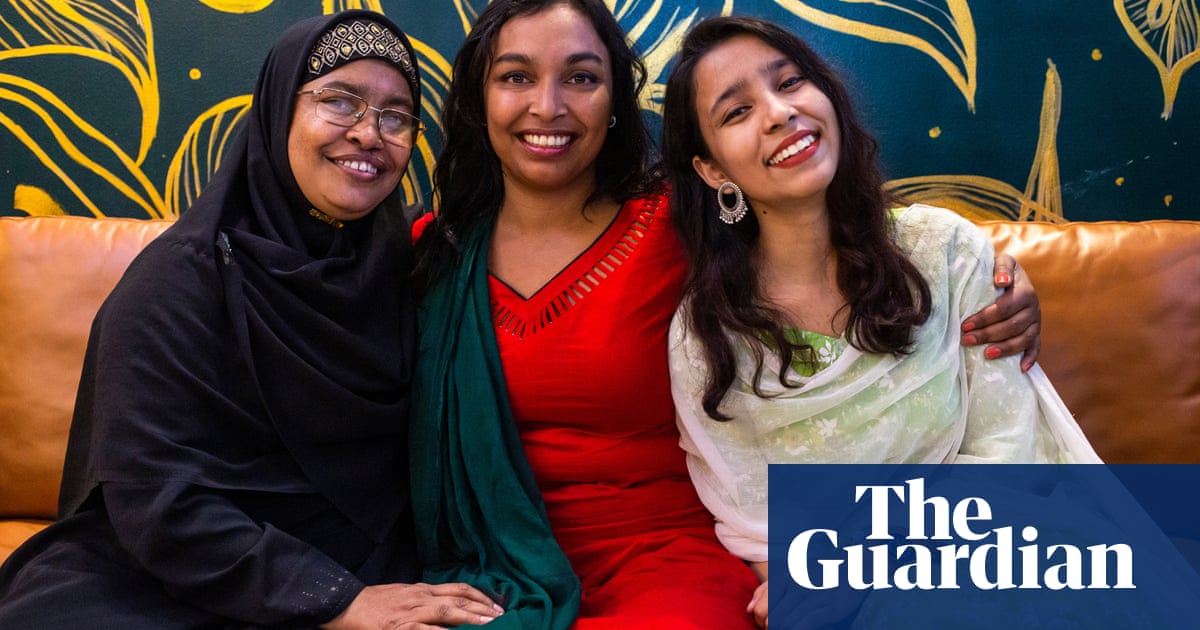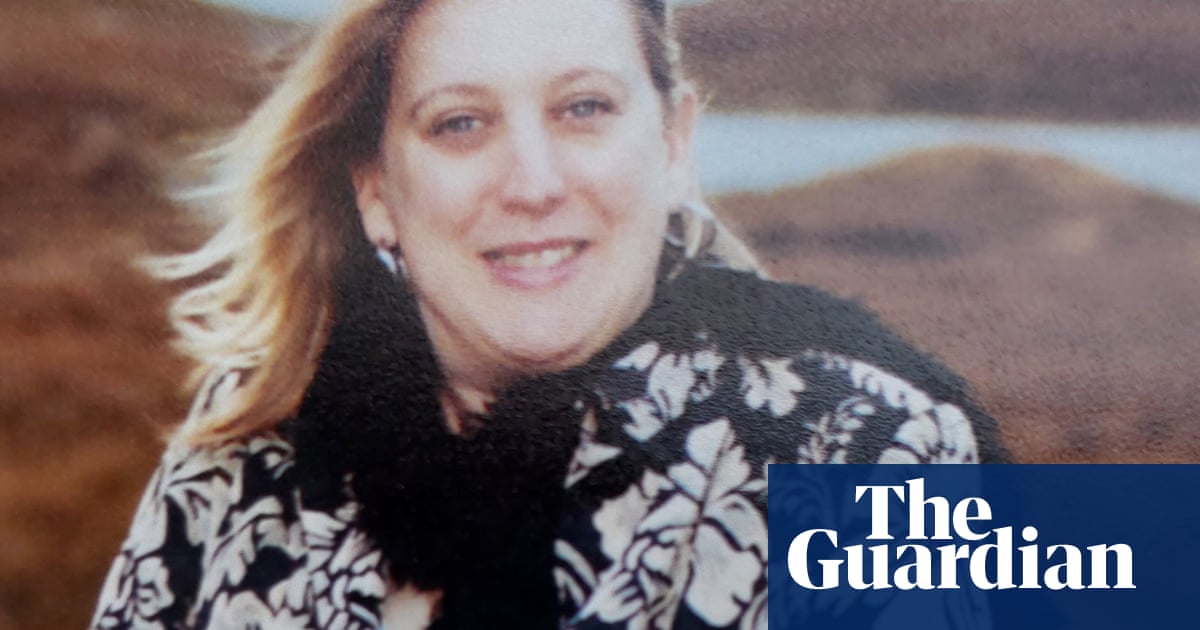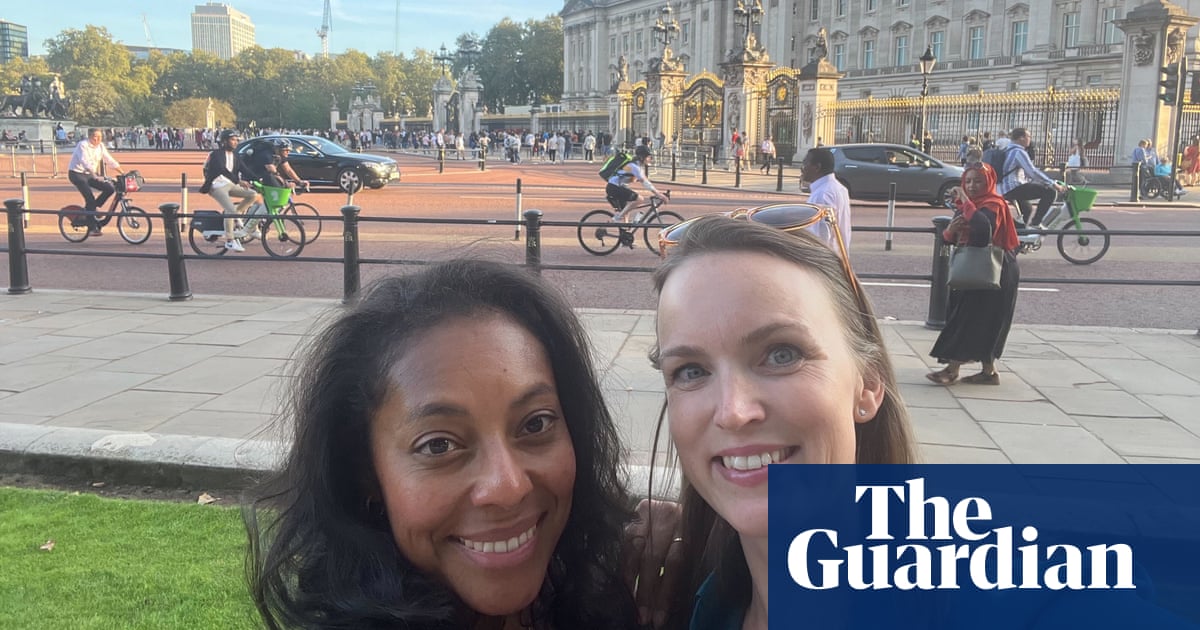
It was not long into a research trip to Bangladesh, on behalf of an organisation seeking to reunite children adopted abroad with their birth relatives, when Kana Verheul found herself huddled in a cafe toilet, comparing birthmarks with a stranger.
That trip seven years ago was one of many that Verheul, 49, had taken to the country of her birth since she was 16 years old, travelling back to Bangladesh for the first time as part of a “roots trip” organised by the Dutch government for children such as her, an orphan adopted to the Netherlands as a baby.
But this trip was different. After decades of trying in vain to find her siblings, Verheul joined forces with other people in her situation to set up an organisation called the Shapla Community, creating a network of hundreds of Bangladesh adoptees raised in the Netherlands. If she could not find her own family, she could at least help others find theirs.
Verheul was among those from Shapla who spent hours interviewing Bangladeshis with extraordinary stories about their children, many of whom claim they were taken for adoption abroad without their consent. It was one of these interviews that led her to the cafe meeting with a woman from the area where she was born.
Verheul tried to see if there was any family resemblance with the woman, but could not see any. “Some details matched but some did not,” she says. “Her sister was called Nasima. I truly believed that Kana was my real Bangladeshi name because it was in my birth papers. I couldn’t comprehend that I may be Nasima. Then I asked them the name of the village I have in my Bangladeshi passport, and she said, ‘Yes, that’s where we lived before.’”
Verheul was still not convinced, so she asked if there were any birthmarks. “The woman said her mother would often tell bedtime stories about the sister who was lost, that they both had the same birthmark on their leg. This was a shock because I have one on my knee.”
In disbelief, the women headed to the toilets and revealed their almost identical birthmarks. They hugged and cried, and soon afterwards, Verheul says, “I finally saw the resemblances between us – in her hands, her mannerisms. I have really funny feet, and she has the same funny feet,” she laughs. “It felt undeniable, but I couldn’t accept it fully until the result of the DNA test came in.”
Verheul returned to the Netherlands and anxiously awaited the results. Two weeks after they met, a DNA test confirmed they were sisters. “I remember like it was yesterday. I was driving on the highway when the doctor called. I could finally accept that this was my sister. Immediately I got a huge headache. I had to stop next to the road. I started crying. From all over, from my ears, from my toes, from deep inside me. I cried for an hour.”
Amid the joy of finding the woman she had spent decades trying to find, her sister, Taslima, was able to explain to Verheul how she came to be adopted abroad as a baby. The story she shared horrified Verheul, but it also confirmed suspicions that she had had for years.
In February 2021, the Dutch government temporarily suspended the adoption of children from abroad to the Netherlands after a lengthy investigation found children from Bangladesh, Colombia, Indonesia, Sri Lanka and Brazil had been stolen or bought from their birth parents. In the case of Bangladesh, it was the culmination of many years of claims that children had wrongly been adopted between 1973 and 1981. Police in Bangladesh launched in investigation into the adoptions after the Guardian reported on the allegations last year.
Through the 2010s, as social networking grew, Bangladeshi adoptees from the Netherlands began seeking each other out online. A forum was established and the adoptees began exchanging information. “It can feel incredibly lonely, as an adoptee. But now we had each other. There is strength in numbers and our numbers were growing,” says Verheul.
Once those on the forum connected, Verheul says a number of adoptees realised that they had siblings within the group. “It proved that sibling separation was possible, despite adoption agencies saying it was not allowed, and many adoptees began wondering whether they too had a brother or sister in the Netherlands.”
The group realised the problem was bigger than they imagined and in 2017, Shapla was officially founded, to help adoptees find their relatives in Bangladesh. The organisation began recruiting fieldworkers in both countries – volunteers who would interview relatives, collect data and identify leads that could eventually result in a reunion.
They set up a DNA database and started to collate everyone’s adoption documents. “That’s when we saw certain patterns – the adoption storylines were all the same. The mother had died of poor health, father died in an accident, and grandmother or aunt brought the baby to a home.” Some information was identical, says Verheul, like “a copy-and-paste job”.
Within months, Shapla was able to reunite mothers with their children, and siblings found each other in Bangladesh and within the Netherlands. They were quickly able to confirm what many suspected – that many birth documents and adoption papers had probably been fabricated. One adoptee discovered she had an identical twin who arrived in the Netherlands at the same time as her, but the pair were split up and adopted into two different families.
Verheul, a mother of two, clearly adores her “wish parents”, the term she uses to describe couples who adopt. But there are small clues dotted around the home she shares with her family, about half an hour from Amsterdam, that the happy upbringing she had was not the end of her story. A large blackboard hangs in the kitchen, with details written in chalk of an upcoming search mission. Next to a fruit bowl lies a folder marked “Bangladesh files”.
“You can see here that it says my father was killed in a road accident and that my mother died of illness soon after,” says Verheul. “This was completely untrue.”
Taslima told Verheul their mother had never intended to give her away. She explained that her father had three wives, and one of them had convinced him to take Nasima to a daycare home nearby when her mother was away because she had become ill and needed medical care. When Verheul’s mother came back and discovered what had happened, it was too late. Nasima had already gone from the children’s home. She had been adopted by a couple in the Netherlands who believed she was an orphan. “My mother divorced my father because of this,” says Verheul.
For decades, Verheul had searched for relatives in Bangladesh. The joy of finding her sister is tempered by the fury and deep sadness she feels about her past. “My father passed away in 2012, my mother in 2014,” she says. “But they were still alive when I was searching for my family in Tongi. At one point, I had even stood on the doorstep of my father’s home. That still hurts.”
“As an adoptee you often hear, ‘You’re lucky, now you have a good life.’ But you cannot really compare the two,” says Kana. “In one sense I feel lucky that I have the best of both worlds. But nothing makes up for the loss you had to endure. Because I lost my family and my real identity.”
Shapla and a network of other adoptee groups in the Netherlands have joined forces and are campaigning to put an end to intercountry adoption altogether. The group believes that instead of international adoption, the focus should be on supporting vulnerable families, strengthening youth care systems, and improving quality of care in countries of origin so children can be cared for in familiar surroundings. Their argument is in line with the UN Convention on the Rights of the Child, which recognises the right of children to grow up in their own culture, befitting their own identity.
Verheul has since met her other siblings – all half-brothers and sisters – and recently bought a plot of land in the village named in her passport. “I want to build a house there, for my sister to live in if she wishes. I would like to spend time there too.”












